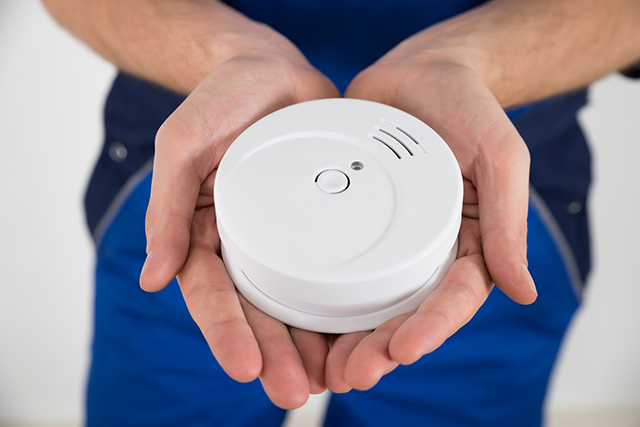You can’t smell it or see it, but carbon monoxide can be deadly, according to the National Fire Protection Association.
Anything that burns gasoline, wood, coal, oil and propane — including home heating and cooking equipment — can be a source of this dangerous gas, the fire association explains. That’s why it’s important to have your heating system professionally serviced once a year, along with any other appliances such as water heaters or stoves that burn these fuels.
To protect your family, install carbon monoxide detectors outside every sleeping area and on every floor of your home, the fire association advises. Multiple detectors can be connected; if one picks up carbon monoxide, all of the alarms will sound.
The NFPA also provides these tips:
- Make sure the detector you buy has a label indicating it was tested in a reputable laboratory.
- Follow manufacturer’s instructions. They will help ensure your detector is placed properly and at the right height.
- Ask your local fire department which number to call if the carbon monoxide detector sounds.
- Test detectors once a month. Replace them according to the manufacturer’s instructions.
- Check batteries if the detector’s trouble signal sounds. If it continues to sound after batteries are replaced, call the fire department.
- If the alarm goes off, everyone should leave right away or move to an open door or window for fresh air. Don’t call for help until everyone has moved to a fresh air location.
- Never try to heat your house with a gas oven.
- Never run a car inside an attached garage — even if the doors are open. If the vehicle needs to warm up, move it outside.
- Make sure the exhaust pipe of a running vehicle is clear and not covered with snow or debris.
- During and after a snowstorm, make sure dryer, furnace, stove and fireplace vents are clear of snow.
- Install a generator in a well-ventilated outdoor spot, a safe distance from windows, doors and vent openings.
- Never use gas or charcoal grills indoors.

